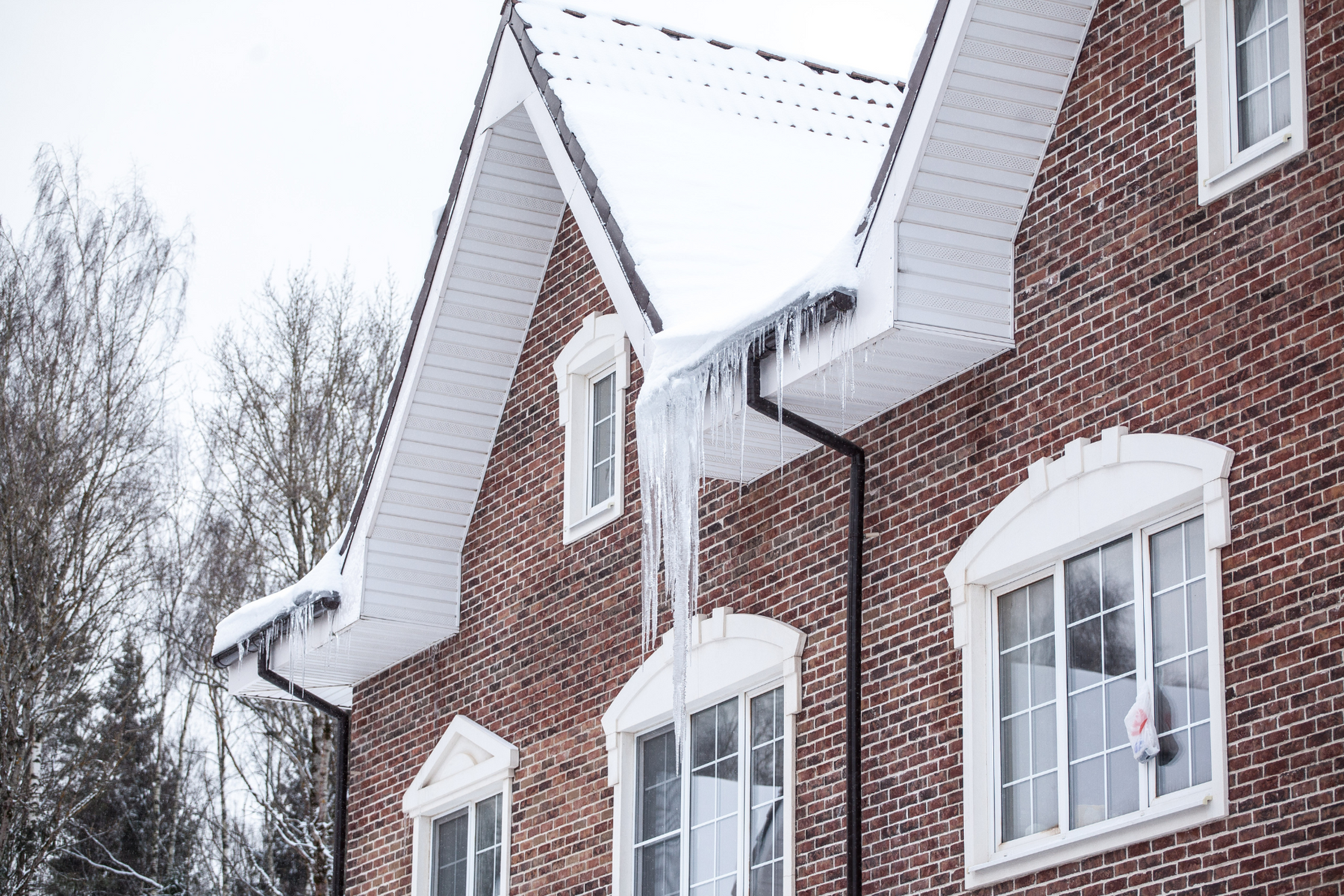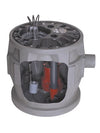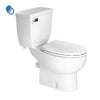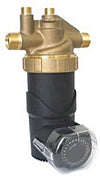
Dealing with Frozen Pipes: Prevention and Troubleshooting
Winter's undeniable beauty often comes with challenges, and one of the most daunting for homeowners is the threat of frozen pipes.
As temperatures plummet, the water inside pipes can freeze, causing immense pressure and potential blockages. This not only disrupts the flow of water but can also lead to costly damage if the pipes burst.
Frozen pipe prevention remains the cornerstone of safeguarding your home against this winter concern. By understanding the causes, signs, and preventative measures, homeowners can navigate the colder months with confidence!
Keep scrolling to learn expert ways of preventing frozen pipes.
6 Tips for Avoiding Frozen Pipes

There are several solutions available that can help keep your plumbing safe from winter weather extremes without breaking the bank. So, when it comes to freeze protection for water pipes, here are six methods we recommend:
1. Use Warmup Self-Regulating Cable Plug-in Kits
Self-regulating heating plug-in kits are designed for metal pipes, PVC pipes, ceramic drains, and sprinkler lines up to eight feet in length. They are made of self-regulating cables with built-in thermal protection so when temperatures drop below freezing, the cable automatically adjusts its wattage output to provide additional warmth without overheating or damage.
- Self-regulating and energy-efficient
- Customize in-field and cut-to-length
- 16 Ga nickel-plated copper buss wires
- Flame retardant thermoplastic outer jacket
- Max continuous exposure temp of 150°F
- Min installation temp of -40°F
The kits come in various sizes depending on the size and length of your piping system.
2. Seal Air Leaks
As far as freeze protection for water pipes goes, thoroughly inspecting your home for any cracks that could let cold air in is an underrated but highly valuable step. If you find any, make sure to seal the holes around the piping of your interior and exterior walls as well as the sill plates where your house rests on its foundation.
3. Maintain Consistent Indoor Temperatures
Keeping a normal and consistent temperature throughout the day and night is key to avoiding frozen pipes. You can apply weatherstrips or caulk around crawl spaces, doors, and basement windows to further insulate your home.
4. Invest in Pipe Insulation Materials
Insulating pipes with materials like foam insulation sheets or heat tape is a great solution if you want an affordable way to prevent your pipes from freezing. However, pipe insulation does not provide thermal protection by itself—it should always be used in conjunction with other solutions for maximum pipe protection from freezing.
5. Open Doors and Cabinets
While this may sound counterintuitive, keep your interior doors and kitchen or bathroom cabinets slightly ajar during cold snaps. Doing so will evenly distribute warm air around your home and ensure your plumbing systems have a consistent temperature. This is water pipe freeze protection at its simplest.
6. Let Faucets Drip
If temperatures drop below freezing, it can be wise to let your faucets drip ever so slightly. The reason for this is simple: running water is less likely to freeze. However, for obvious water-wasting reasons, this should only be done in extreme cases.

How to Thaw Frozen Pipes
Unfortunately, sometimes even the best pipe freeze protection method is no match for the coldest winter temperatures. When that happens, you need to take proper steps to start thawing frozen pipes before they’re damaged and need to be replaced.
Step 1: Locate the Frozen Pipe
The first step is to locate which of your pipes are frozen. Do this by following the pipe from the affected faucet or where the water flow is constricted. Then, feel the water supply lines every few feet until you can find cold spots.
Step 2: Turn off the Water Supply
While you can turn off the water supply that’s connected to the affected faucet only, it’s easier to turn off the main water supply so you can thaw frozen pipes quickly.
Step 3: Open the Faucets
Open all the faucets in your home—including the sinks and bathtub faucets—to drain the remaining water from your supply tank. Also leave the affected faucet open, as this will allow the water and steam created while you’re thawing the frozen pipe to escape.
Step 4: Turn on the Heat
To thaw frozen pipes, use an electric heating pad, a hairdryer, or any other portable heating device and apply heat to the cold spots. Before you start, make sure that the area is clear of any flammable materials to avoid serious injuries. You can also wrap hot towels around the frozen pipe if you do not have a portable heater.
Step 5: Turn the Water Supply Back On
Once you turn on the main water supply, be sure to check the water pressure that’s coming from the affected faucet to see if the frozen pipe has been thawed. If the water pressure is back to normal, then the problem has been fixed.
Quality Parts Are the Best Pipe Protection From Freezing
While preventative measures are great, the best pipe freeze protection method is upgrading to high-quality plumbing parts before winter sets in!
NYDirect is the place to get them. We’re confident you’ll find all the pumping parts and supplies you need in our online catalog. Whatever you purchase, rest assured we’ll ship it easily, affordably, and directly to your home—it’s in our name.
Become a Pro Member for exclusive discounts on a wide range of plumbing supplies and say goodbye to frozen pipes for good!Shop Popular Brands
America's Leading
Plumbing Supplies Retailer
Save big on plumbing essentials with
our wholesale prices!









Leave a comment